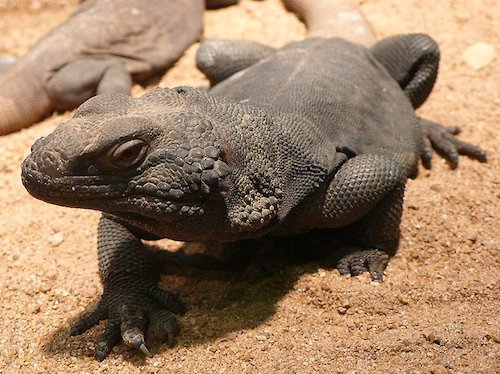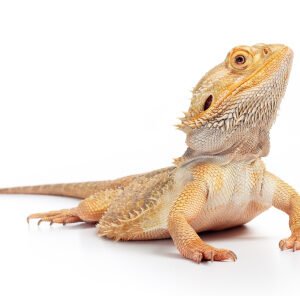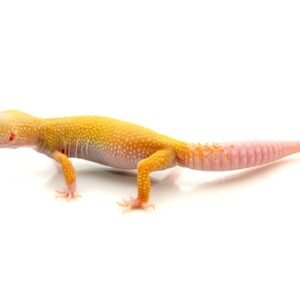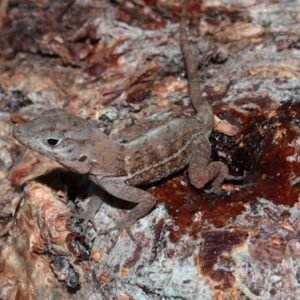Understanding Chuckwallas: Characteristics and Behavior
Chuckwallas, belonging to the family Iguanidae, are notable lizards recognized for their robust bodies and distinctive characteristics. These reptiles exhibit a variety of colors ranging from grayish-brown to yellow, often adorned with lighter or darker patterns. Adult chuckwallas typically reach a size of 12 to 24 inches, making them an attractive choice for both novice and experienced pet owners. Their robust physique is complemented by a large, rounded tail that aids in balance and stability.
Inhabiting the rocky desert landscapes of the southwestern United States and parts of Mexico, chuckwallas are naturally adapted to warm, arid environments. The unique geological structures in their habitats allow for sunbathing and easy access to crevices where they can find shelter. Understanding the native environments of these lizards is crucial, as it influences their care requirements in captivity. The temperature within their habitat plays a significant role, necessitating specialized setups that mimic the warmth and humidity of their natural habitats.
Behaviorally, chuckwallas are generally social but can display territorial tendencies, especially males during the breeding season. They communicate through visual displays such as head bobbing and body posturing, establishing dominance and social hierarchy. Feeding habits also reflect their herbivorous nature, primarily consuming a variety of plant materials, including leaves, flowers, and fruits. Additionally, chuckwallas have high activity levels during the day, requiring ample space to roam and engage in their natural behaviors, making habitat design vital for their well-being.
Understanding these fundamental characteristics and behaviors of chuckwallas will aid prospective owners in providing a suitable habitat that meets their physical and emotional needs, ultimately ensuring a healthy life for these captivating reptiles.
Creating the Ideal Habitat and Care for Your Chuckwalla
Establishing an appropriate habitat for a chuckwalla is a crucial step in ensuring its health and well-being. These reptiles, native to arid environments, require specific conditions to thrive in captivity. A spacious enclosure is paramount; a tank size of at least 50 gallons is recommended for adult chuckwallas. This allows ample room for movement and the ability to create separate areas for basking and hiding.
The substrate you choose is equally important. Chuckwallas naturally inhabit rocky terrains, so using a substrate that mimics this environment, such as sand or a combination of sand and soil, encourages digging and exploration. It is advisable to avoid substrates that can be ingested, as these can lead to health issues. Additionally, incorporating flat rocks and climbing structures can provide enrichment and replicate their natural habitat.
Heating and lighting play a vital role in the health of chuckwallas. A basking area should be maintained at a temperature between 100-110°F, while the cooler side of the tank should be around 75-85°F. Utilizing UVB lighting is essential for synthesizing vitamin D3, which helps in calcium absorption, thereby preventing metabolic bone disease. A cycle of 10-12 hours of light daily is recommended to simulate natural conditions.
Dietary needs are another cornerstone of maintaining a healthy chuckwalla. These reptiles are primarily herbivorous and thrive on a diet rich in leafy greens, vegetables, and some fruits. Ensuring that their diet is balanced and varied will facilitate proper nutrition and health. Moreover, hydration is crucial; providing fresh water and occasional misting can help to ensure that your chuckwalla remains properly hydrated.
Regular health check-ups are also essential. Monitoring for signs of illness such as lethargy, changes in eating habits, or unusual behaviors will enable early intervention when necessary. By adhering to these guidelines, you can ensure that your chuckwalla enjoys a long, healthy life in its ideal habitat.




